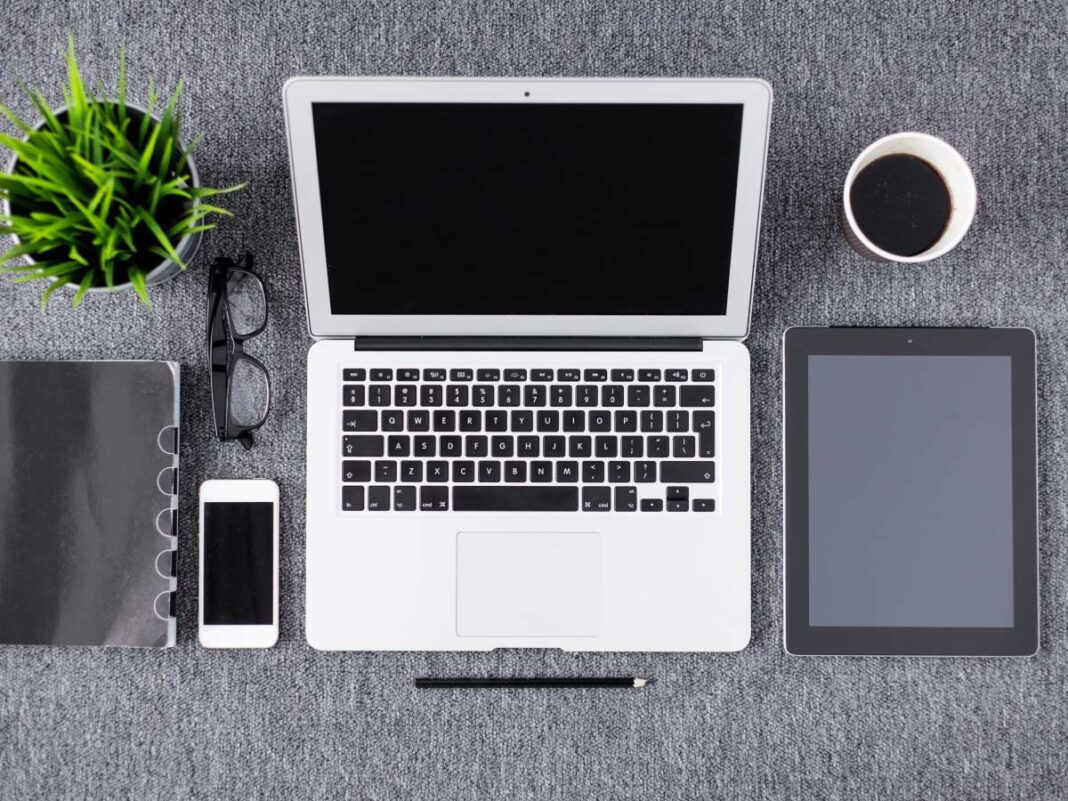In a world overflowing with gadgets and constant connectivity, a quiet revolution is taking place. People are beginning to question the role technology plays in their lives, seeking ways to simplify and find balance. This movement, known as tech minimalism, encourages us to use technology intentionally and reduce the number of devices we rely on.
The Rise of Digital Clutter
The average person owns multiple devices: smartphones, tablets, laptops, smartwatches, and more. While these tools offer convenience, they also contribute to digital clutter, overwhelming us with notifications and endless streams of information. This constant bombardment can lead to decreased productivity, mental fatigue, and a sense of being perpetually tethered to screens.
Embracing Intentional Technology Use
Many are finding solace in digital minimalism, a philosophy that advocates for a more deliberate approach to technology. Instead of being swayed by the latest gadgets and apps, digital minimalists focus on tools that genuinely enhance their lives.
One advocate described how they “reflected deeply on their true needs and values” to identify what was essential. They prioritized reading, writing, and meaningful communication, leading them to pare down their devices to the bare essentials.
The Problem with Too Many Devices
Owning multiple devices can create overlapping functionalities, causing more harm than good. An article highlighted that using all-in-one devices like high-end smartphones or hybrid laptops can simplify our tech lives by reducing digital clutter and improving focus. However, challenges like battery life and storage limitations need consideration when shifting to fewer devices.
The Cost of Digital Overload
Digital distractions come with hidden costs. They “drain resources and productivity”, much like physical clutter in our homes. Constant notifications and social media updates can fragment our attention, making it difficult to engage in deep, meaningful work.
Steps Toward Tech Minimalism
Embracing tech minimalism doesn’t mean abandoning technology altogether. Instead, it’s about making intentional choices:
- Assess Your Tech Habits: Evaluate the devices and apps you use. Are they serving a meaningful purpose?
- Eliminate Redundancies: If multiple devices perform the same function, consider consolidating.
- Limit Notifications: Disable non-essential alerts to reduce distractions.
- Embrace Single-Tasking Devices: Some have turned to minimalist phones that offer basic functions like calls and texts, helping them “reduce dependency on smartphones”.
Tools Supporting Tech Minimalism
Several products and apps cater to those seeking a minimalist tech lifestyle:
- ReMarkable 2: A digital notepad designed for distraction-free note-taking.
- Light Phone: A minimalist phone offering essential functionalities to “reduce dependency on smartphones.”
- Oura Ring: A sleek wearable that tracks health metrics without constant notifications.
These tools focus on enhancing intentional use and reducing unnecessary distractions.
The Future of Tech Minimalism
As awareness grows about the impacts of digital overload, more people are likely to adopt tech minimalism. It’s not about rejecting technology but about using it in ways that align with our values and enhance our lives.
Conclusion
Tech minimalism offers a pathway to reclaiming our time and attention in an increasingly connected world. By using fewer devices more intentionally, we can reduce distractions, improve our well-being, and focus on what truly matters.
Whether it’s through adopting minimalist devices, limiting app usage, or evaluating our tech habits, the journey toward tech minimalism is deeply personal yet profoundly rewarding.
